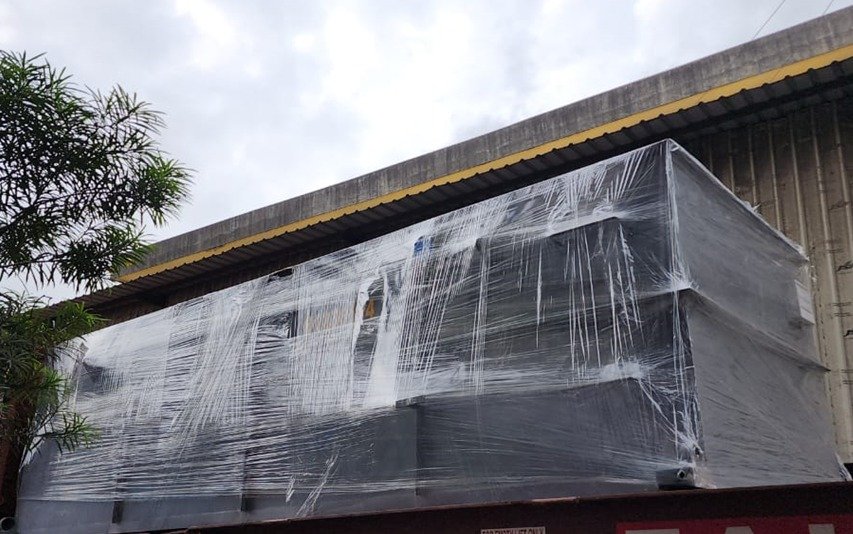Introduction:
In the modern age, recognizing the significance of water conservation has become paramount. Water preservation entails not only cutting down on water usage but also embracing the recycling of wastewater, especially sewage water. Sewage Treatment Plants (STPs) provide a practical and space-efficient approach to wastewater recycling. They have undergone substantial advancements, transitioning from traditional drain-and-treat techniques to sophisticated processes that facilitate the utilization of treated sewage water. This article will delve into the prospective advantages of investing in an STP and how it can turn sewage water from a burden into a valuable resource.
The Evolution of Sewage Treatment:
In the past, sewage water was typically channeled into soak pits and basic septic tanks to undergo partial decomposition before being discharged into the ground. However, contemporary sewage treatment has evolved to encompass two primary procedures: biological decomposition and filtration. Following initial screening and the removal of oils, aerobic treatment and settling stages take place, succeeded by conventional sand-carbon filtration. This fundamental treatment paves the way for utilizing the treated sewage water in gardening and floor cleaning, frequently serving as a substitute for fresh water.
Upgrading Treatment Processes:
To maximize the potential for recycling sewage, advanced approaches can be embraced. One such method involves the application of Moving Bed Biofilm Reactors (MBBR), which utilize carriers containing decomposition bacteria to significantly reduce the space required for the biological reactor. This is followed by settling, sand filtration, carbon filtration, and the implementation of ultrafiltration (UF) stages. The introduction of UF facilitates further filtration, allowing the treated sewage water to be reused in applications like cooling towers, and, where water hardness and TDS levels permit, in boilers and toilet flushing. Incorporating MBR systems, which eliminate the necessity for settlers, sand filters, carbon filters, and UF units, enables the direct production of UF-quality treated water from the bioreactor. This highly advanced filtration technique opens additional avenues for the utilization of sewage water in various applications.
The Benefits of Sewage Recycling:
Normally, industries allocate 30-50% of their freshwater resources for essential purposes like operating boilers, maintaining cooling towers, toilet flushing, tending to gardens, and controlling dust. In a time when fresh water is growing more expensive, sewage water has emerged as a valuable alternative that can be efficiently reused, sparing the need for costly fresh water. Through the adoption of an STP, industries can not only meet regulatory obligations but also realize significant financial savings by diminishing their dependence on fresh water sources.
Conclusion:
Managing and maintaining an STP has transformed from a mere obligation into a smart and sustainable investment. In an era marked by escalating freshwater scarcity and costs, sewage water represents a vast and underutilized resource for recycling. Through the adoption of advanced sewage treatment methods, industries can play a pivotal role in supporting water conservation initiatives while simultaneously trimming their operational costs. Let’s take a proactive step towards effortless sustainability by embracing STPs and unlocking the advantages of sewage recycling.

